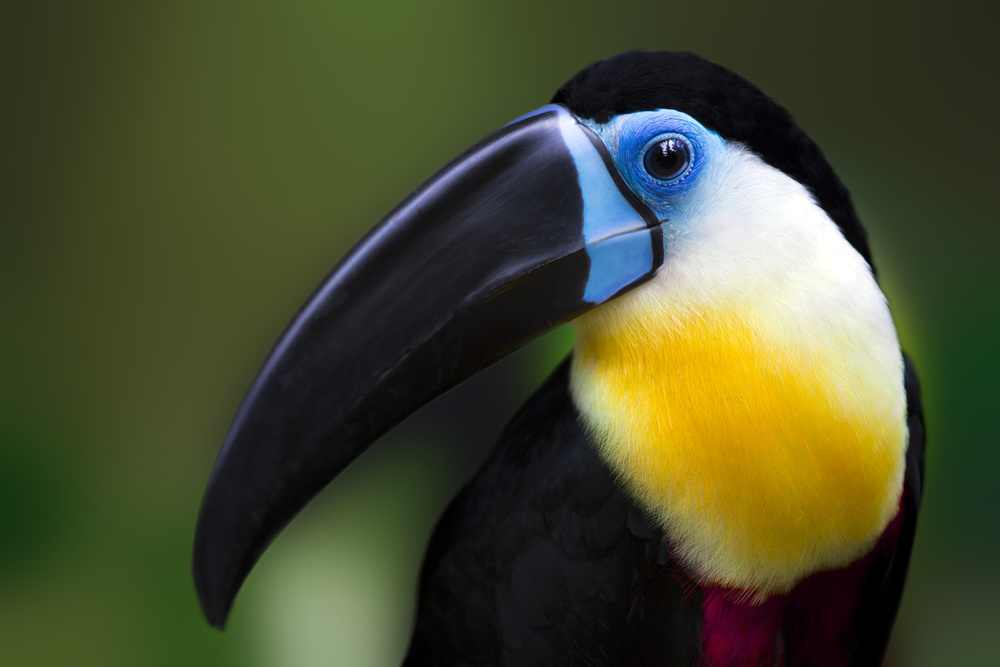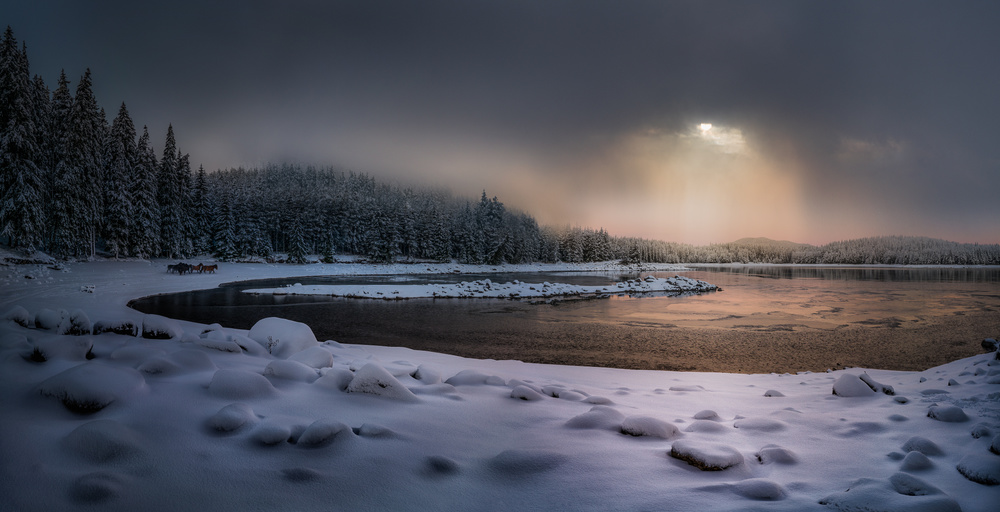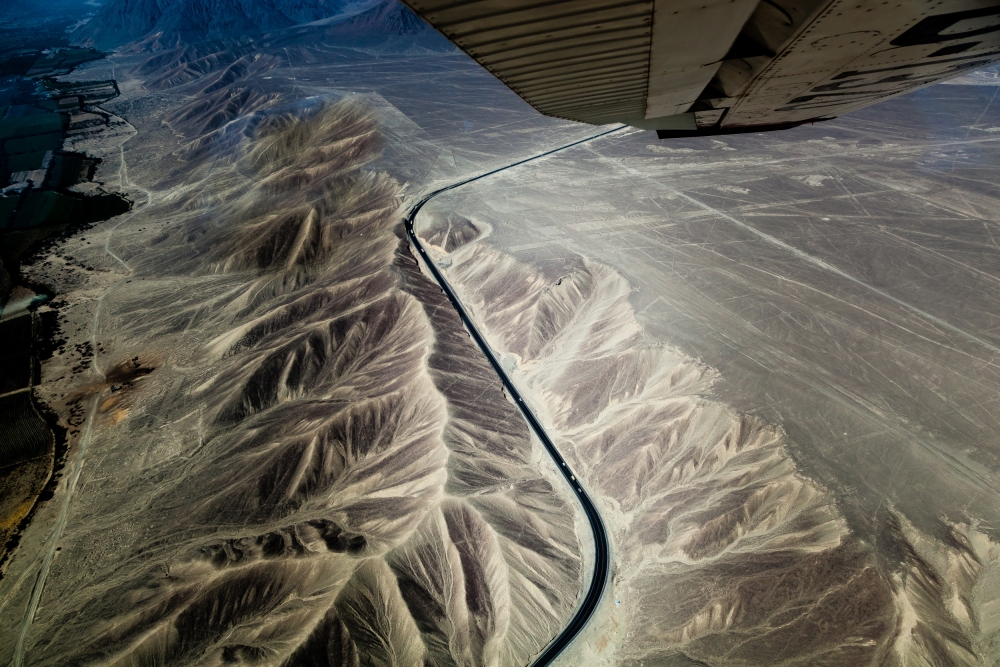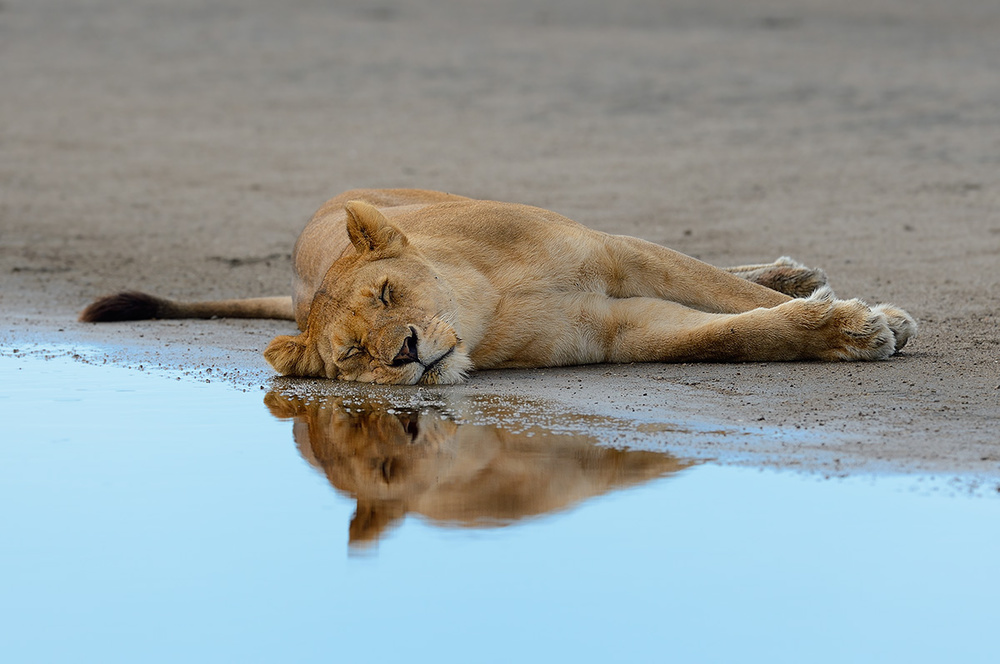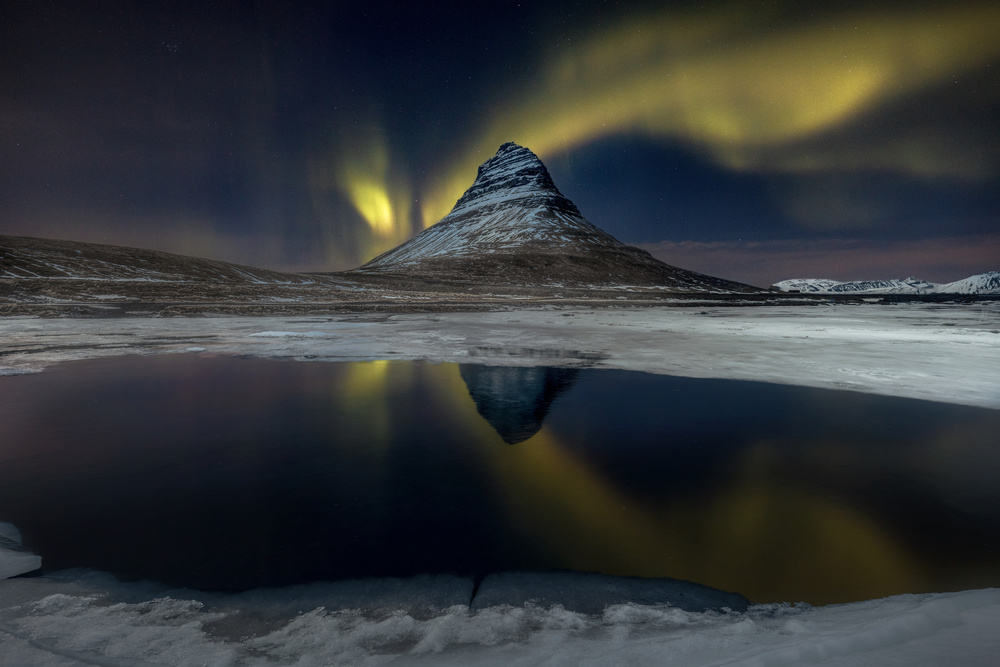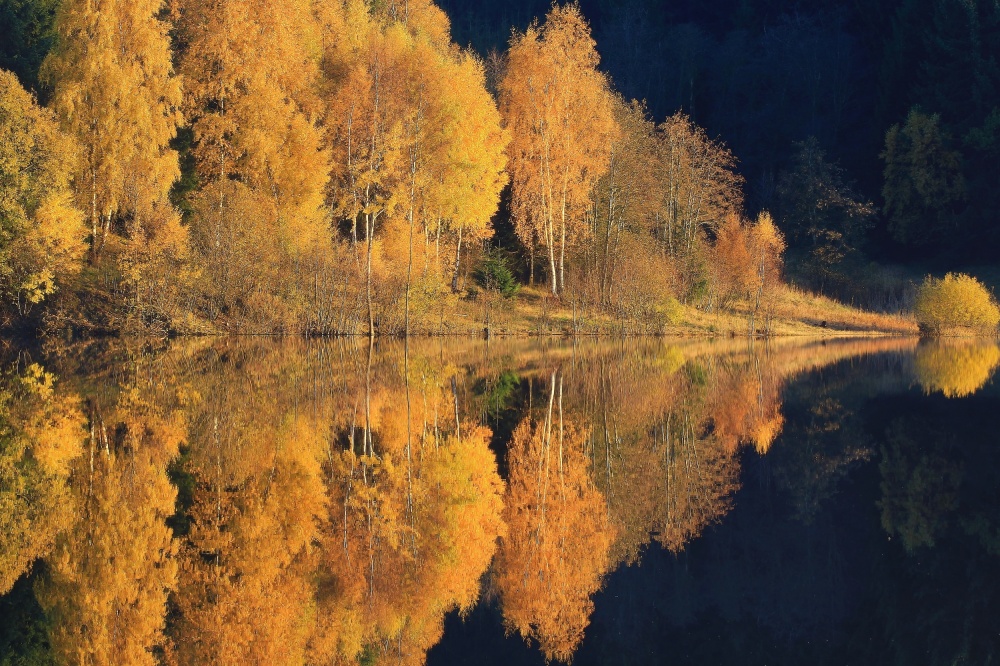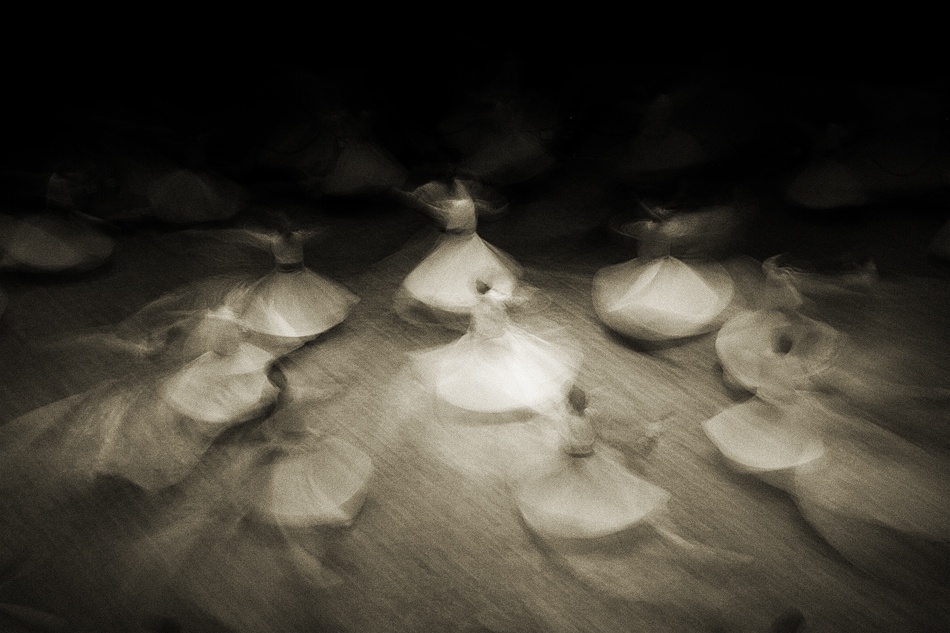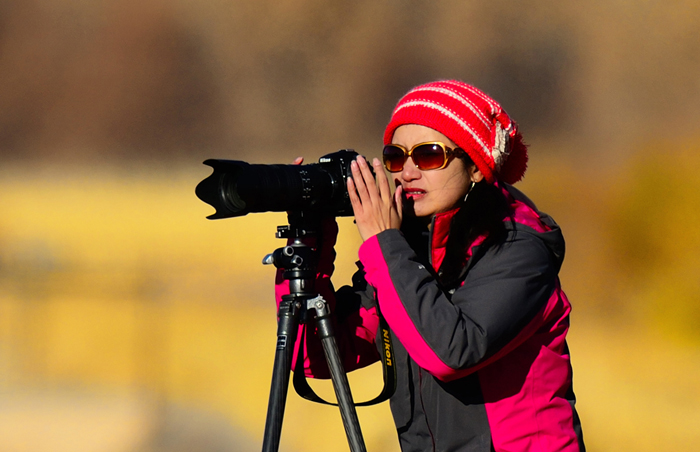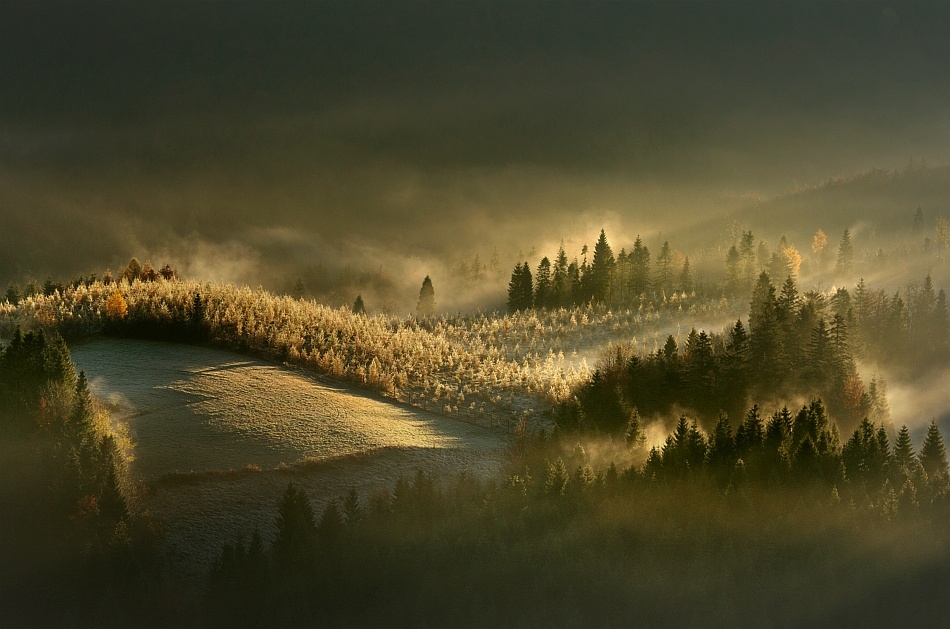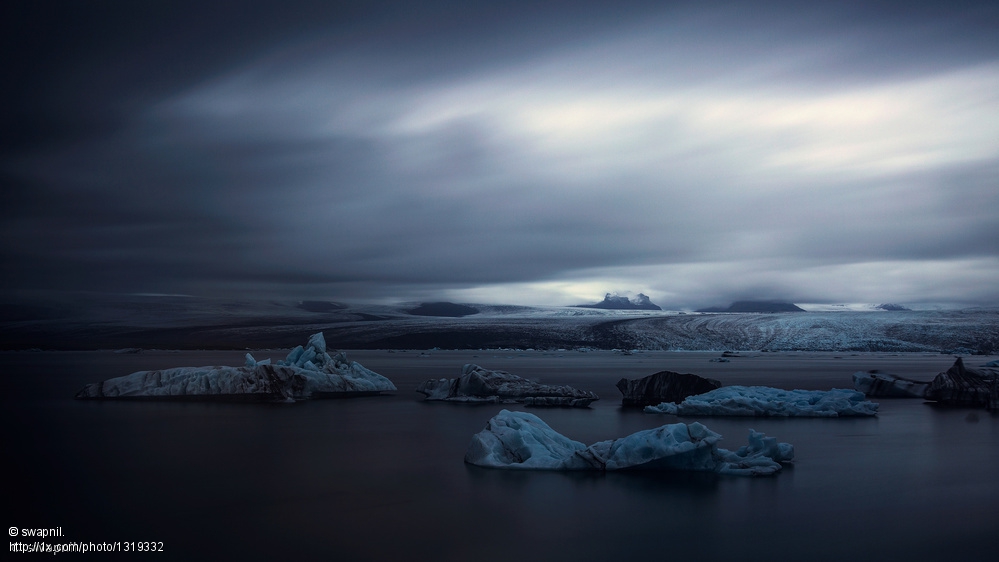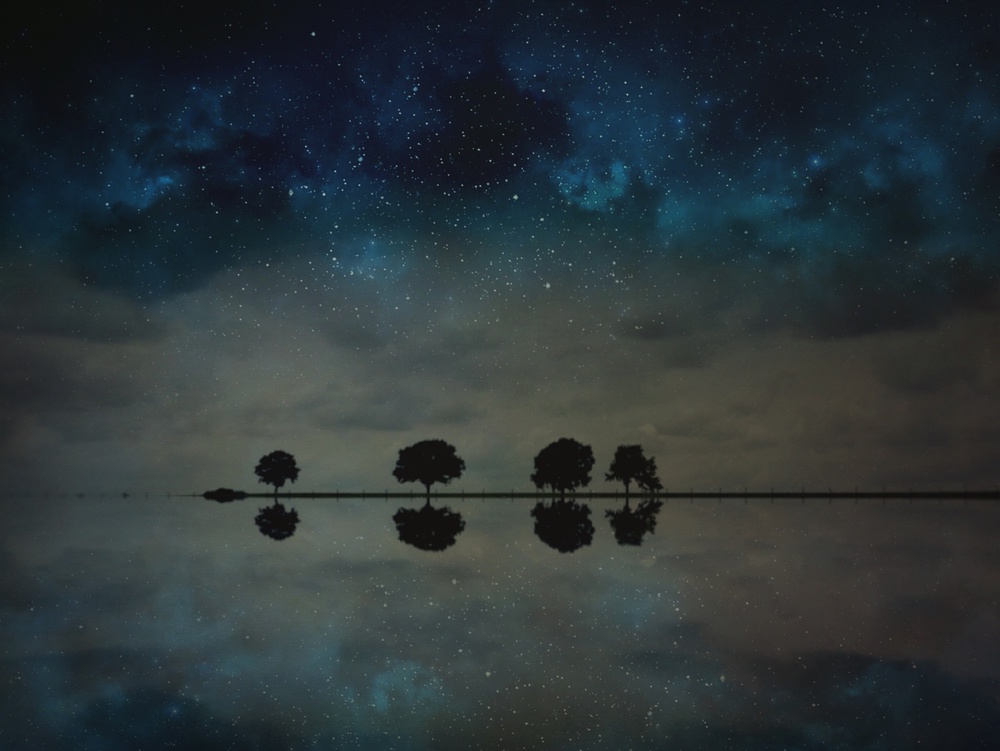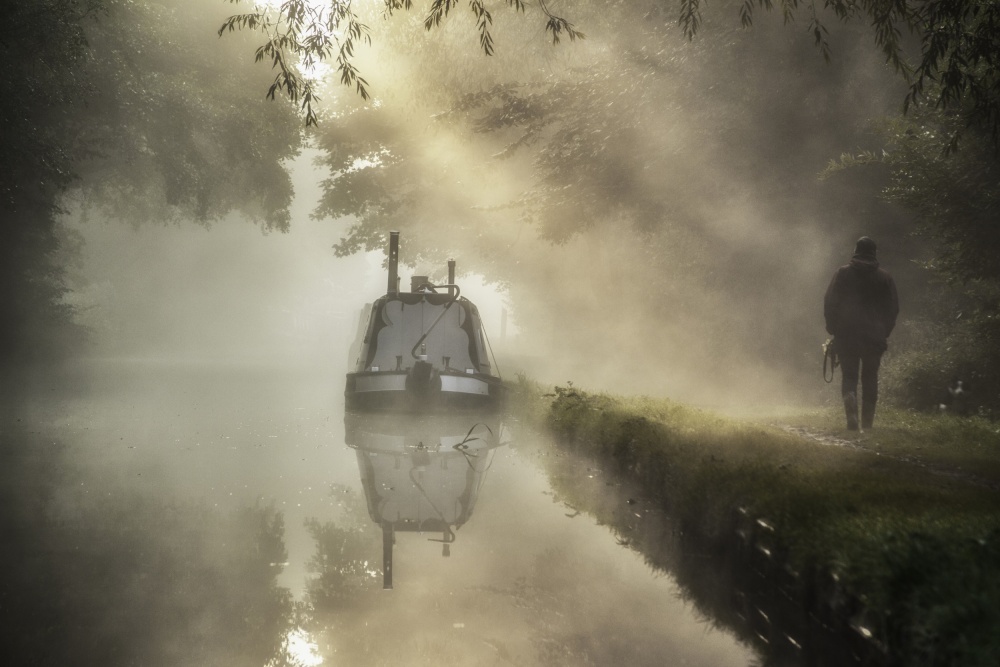Tips & Tricks
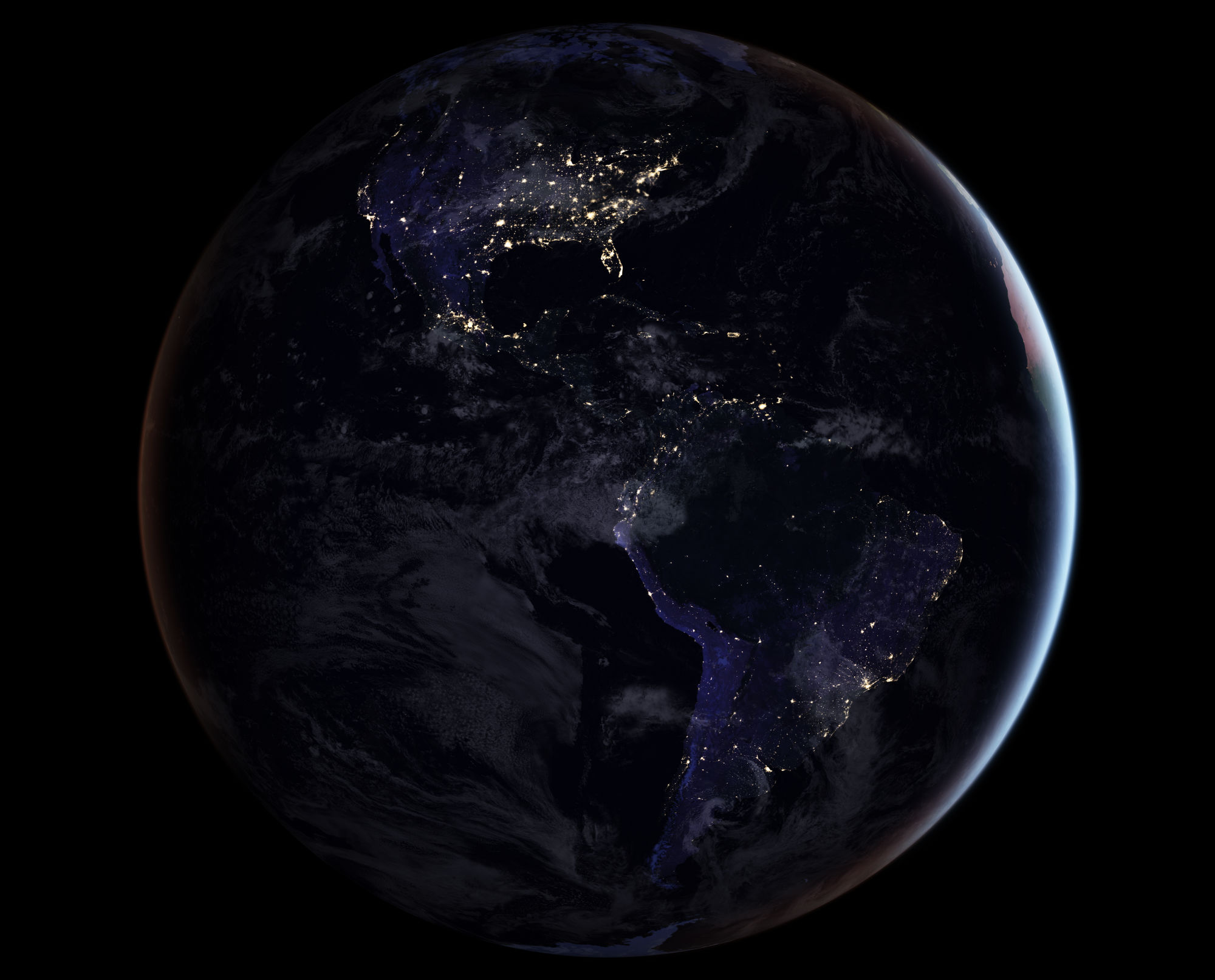
NASA's Best Photos of 2017
Photography Talk Image Credit: NASA Earth Observatory image by Joshua Stevens, using Suomi NPP VIIRS data from Miguel Román, NASA's Goddard Space Flight Center
Image Credit: NASA Earth Observatory image by Joshua Stevens, using Suomi NPP VIIRS data from Miguel Román, NASA's Goddard Space Flight Center
NASA is no slouch in the photography department.
Of course, they have all sorts of beautiful things to photograph from their vantage points throughout the solar system.
From spacecraft crashing into planets to gorgeous views of Mars and Jupiter to the great solar eclipse of 2017, these photos document some of the best moments of NASA throughout the year.
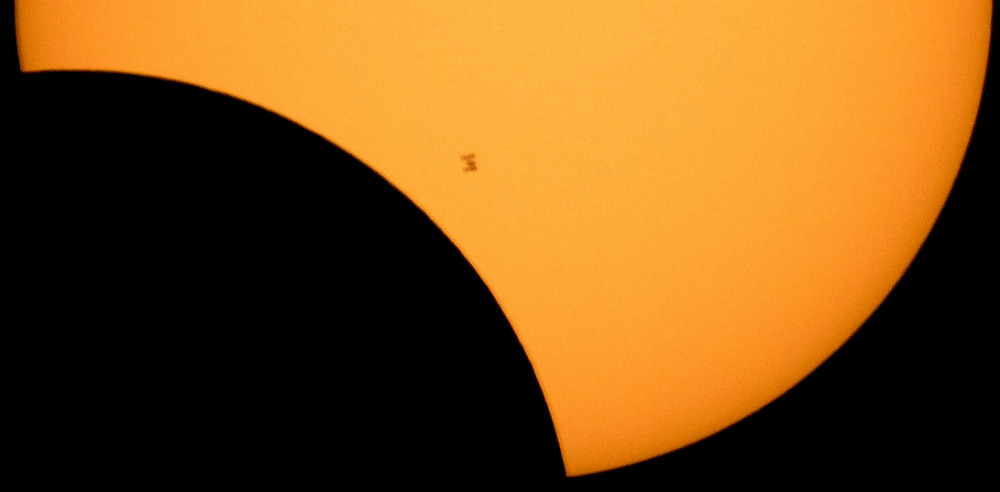 Image Credits: NASA/Bill Engalls
Image Credits: NASA/Bill Engalls
On August 21, 2017, the sun's shadow raced across North America in the first total solar eclipse in 99 years.
And while the view from the ground was spectacular, it was even more so from space.
In this image, the International Space Station (ISS) is shown against the backdrop of the sun as the shadowy moon begins to block the sun's rays from earth.
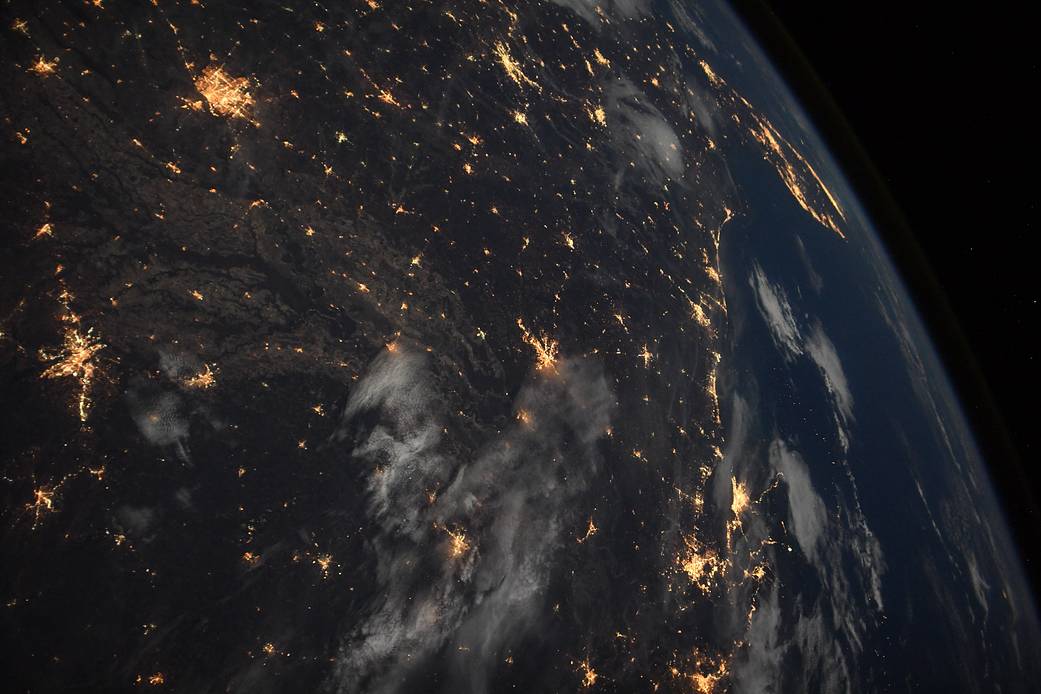 Image Credits: NASA/Mark Vande Hei
Image Credits: NASA/Mark Vande Hei
Speaking of the space station, the image above was captured by Mark Vande Hei from 250 miles above earth aboard the ISS.
Though most of NASA's images show the beauty of the natural world, in this shot, the twinkling lights of cities across the United States put on a pretty good show.
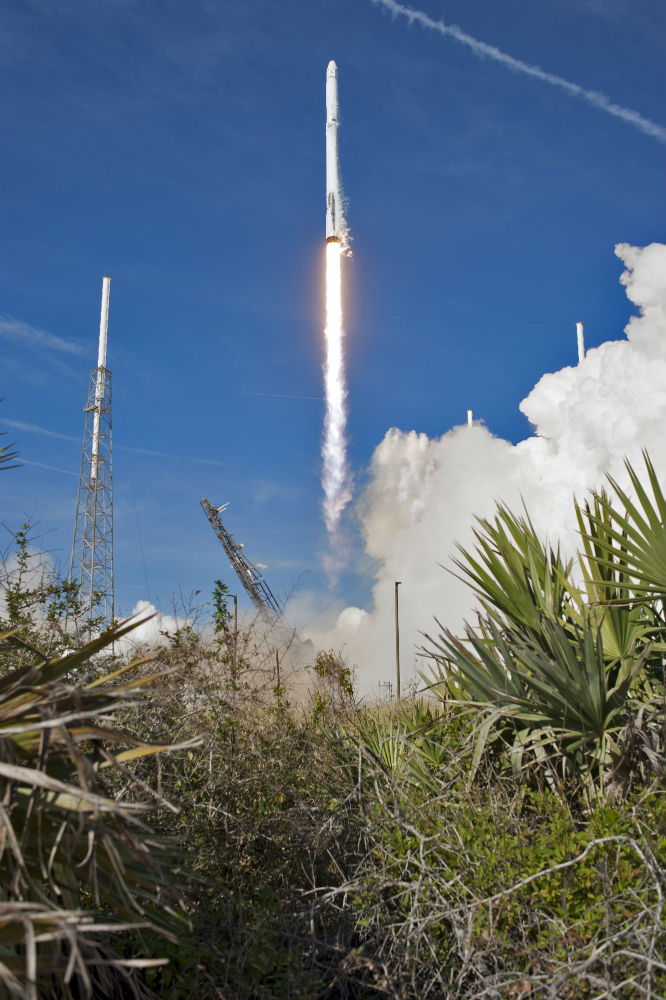 Image Credit: NASA/Tony Gray and Sandra Joseph
Image Credit: NASA/Tony Gray and Sandra Joseph
Not all of NASA's best images of the year were taken from outer space, though.
This photo of a SpaceX Falcon 9 rocket launching supplies to the International Space Station is reminiscent of photos taken in the heyday of NASA space launches in which photographers marveled as rockets and space vehicles launched toward the heavens.
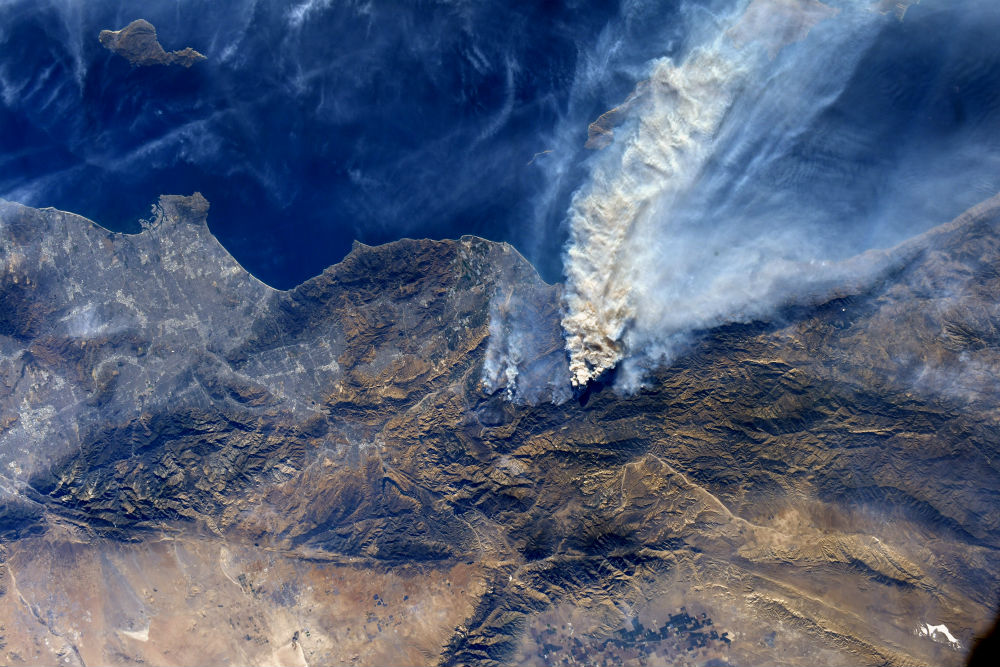 Image Credits: NASA/Randy Bresnik
Image Credits: NASA/Randy Bresnik
From 250 miles above California, the wildfires that have plagued the state take on an ethereal and abstract quality.
In this image, taken from the International Space Station, the deep blue of the Pacific Ocean and the texture of the Sierra Nevada Mountains only adds more intrigue to the shot.
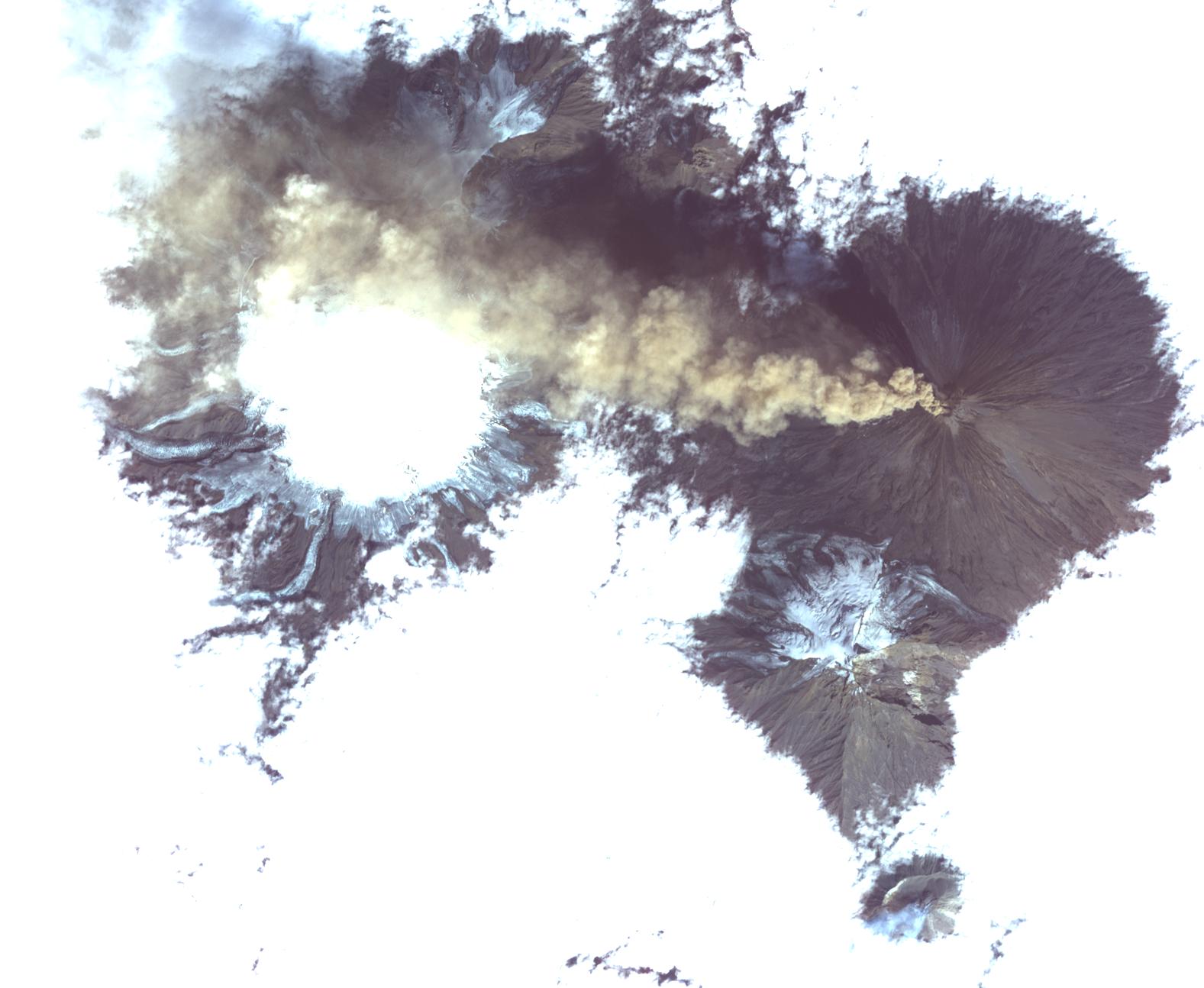 Image Credits: NASA/METI/AIST/Japan Space Systems, and U.S./Japan ASTER Science Team
Image Credits: NASA/METI/AIST/Japan Space Systems, and U.S./Japan ASTER Science Team
In another spectacular image of our home planet, the eruption of a volcano in Russia is captured.
It was taken by ASTER, one of five Earth-observing satellites that work to monitor how our planet's surface is changing.
This image shows an area of 12 by 14 miles, which demonstrates how large the plume of volcanic ash emerging from the volcano actually is.
Learn More:
- This NASA Time-Lapse Shows One Year of Life on Earth from 1 Million Miles Away
- These are the Photos NASA Wants Aliens to See
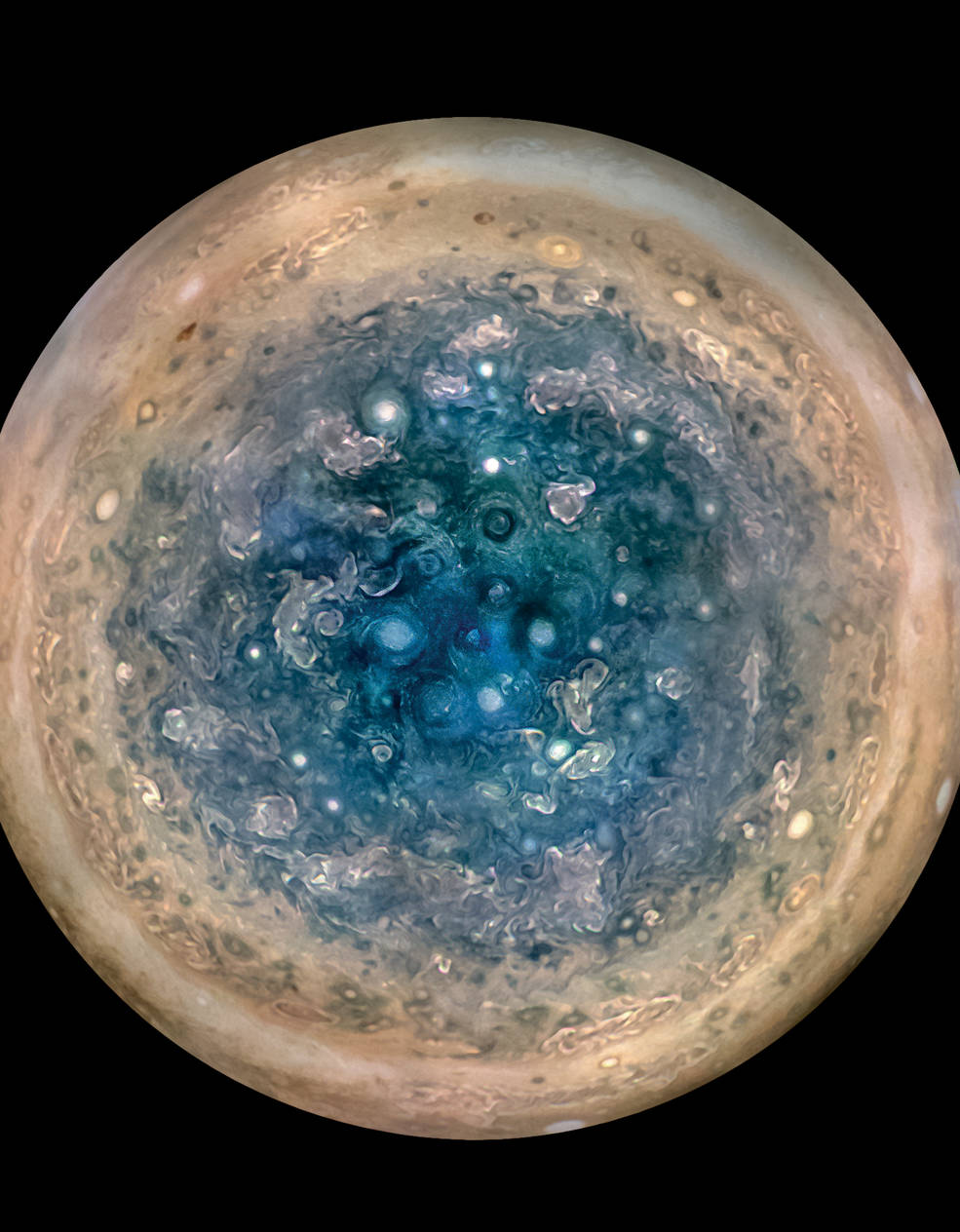 Image Credits: NASA/JPL-Caltech/SwRI/MSSS/Betsy Asher Hall/Gervasio Robles
Image Credits: NASA/JPL-Caltech/SwRI/MSSS/Betsy Asher Hall/Gervasio Robles
NASA's Juno spacecraft recorded plenty of gorgeous images of Jupiter in 2017, including this one of the planet's south pole.
Even from a distance of 32,000 miles, Juno's cameras recorded the incredible detail and beauty of the planet's stormy atmosphere.
Those dark ovals are actually 600-mile-wide cyclones, just to give you a reference point for just how large Jupiter is.
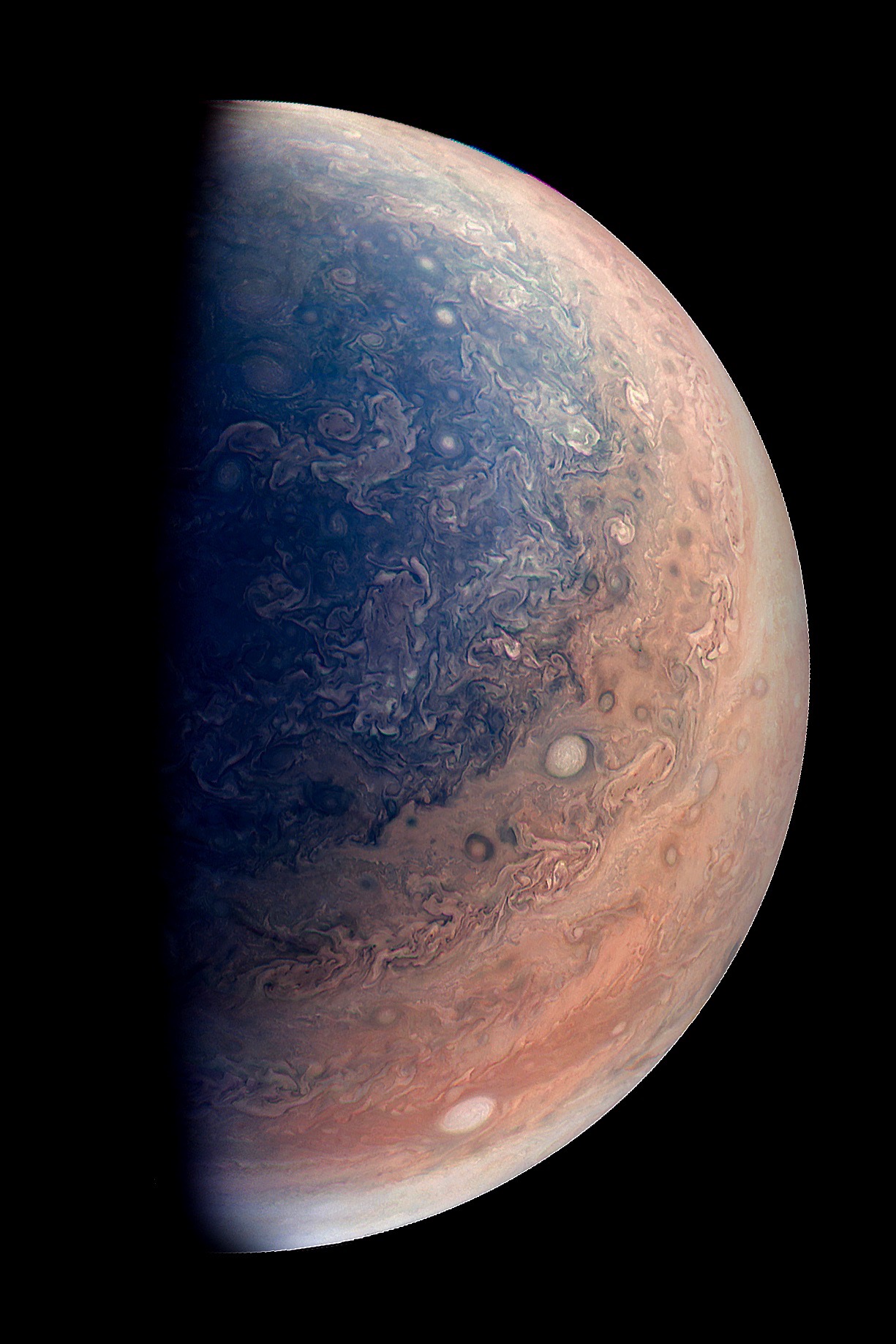
Image Credits: NASA/JPL-Caltech/SwRI/MSSS/Gabriel Fiset
From a further distance, Juno captured a wider shot of Jupiter's south pole region.
Here, you can see the swirling action of the planet's atmosphere, which gives it such a beautiful, textural look.
Learn More:
- NASA's $1 Billion Juno Probe Has Been Sending Back Some Jaw-Dropping Photos of Jupiter
- NASA's Latest Photos of Jupiter Look Like Watercolor Paintings
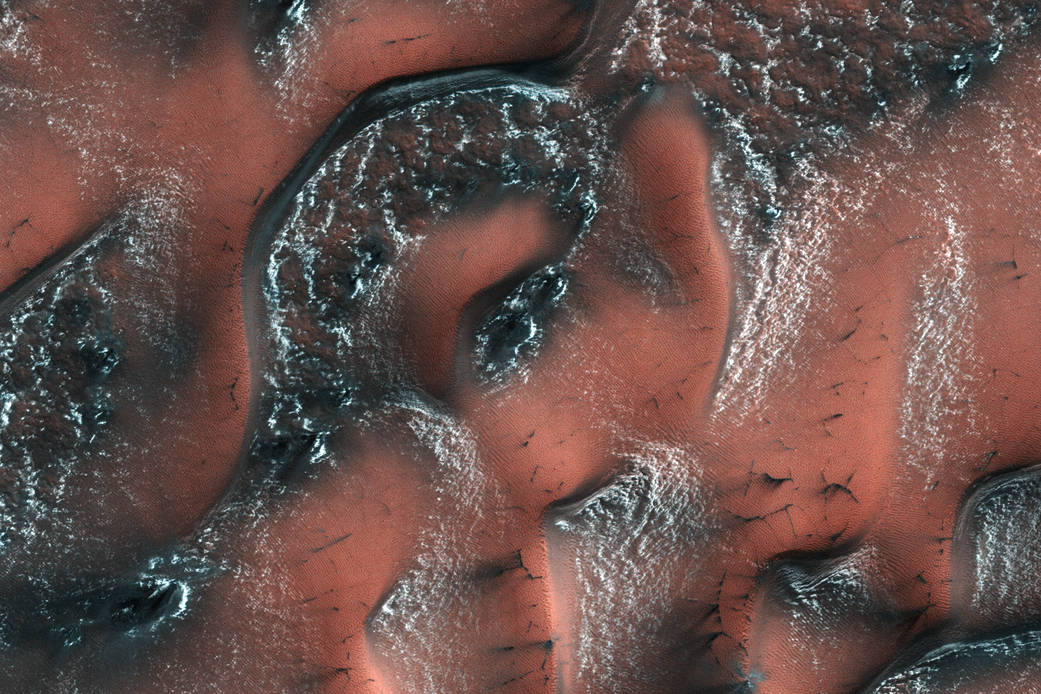 Image Credits: NASA/JPL/University of Arizona
Image Credits: NASA/JPL/University of Arizona
Mars has long been the subject of our wonder, and this image only demonstrates why we're so fascinated with the Red Planet.
The deep red earth cast against the pops of white snow on the mountaintops makes for one gorgeous image.
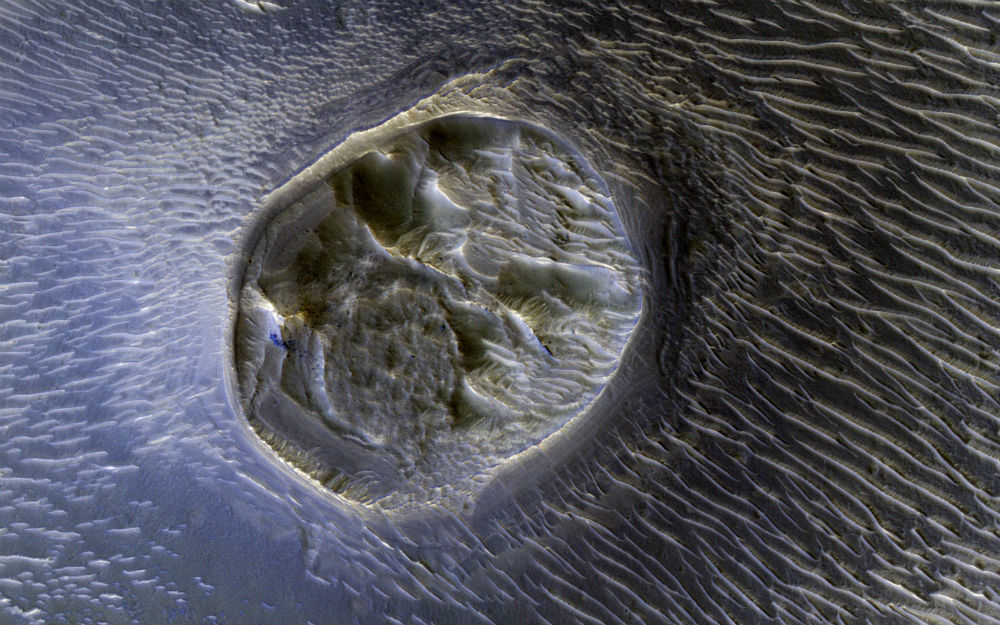 Image Credits: NASA/JPL-Caltech/Univ. of Arizona
Image Credits: NASA/JPL-Caltech/Univ. of Arizona
In a completely different look at Mars, this photo shows a small mesa surrounded by sand dunes.
The mesa is located in Noctis Labyrinthyus, a region in the western part of of Mars' Valles Marineris.
Learn More:
- Five Years Later, the Mars Curiosity Rover is Still Taking Some Great Photos
- How Photography Technology is Advancing Space Travel and Exploration
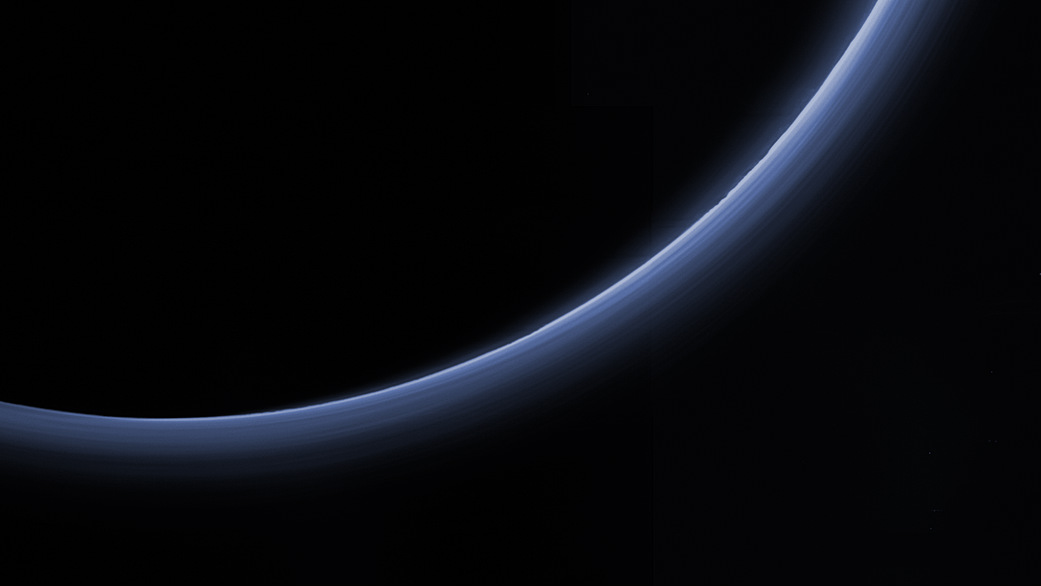 Credit: NASA/JHUAPL/SwRI
Credit: NASA/JHUAPL/SwRI
Even though Pluto lost its status as a real planet years ago, it still got some love from NASA in 2017.
In the image above, you can see the highest resolution images ever captured of the dwarf planet's blue haze.
Learn More:
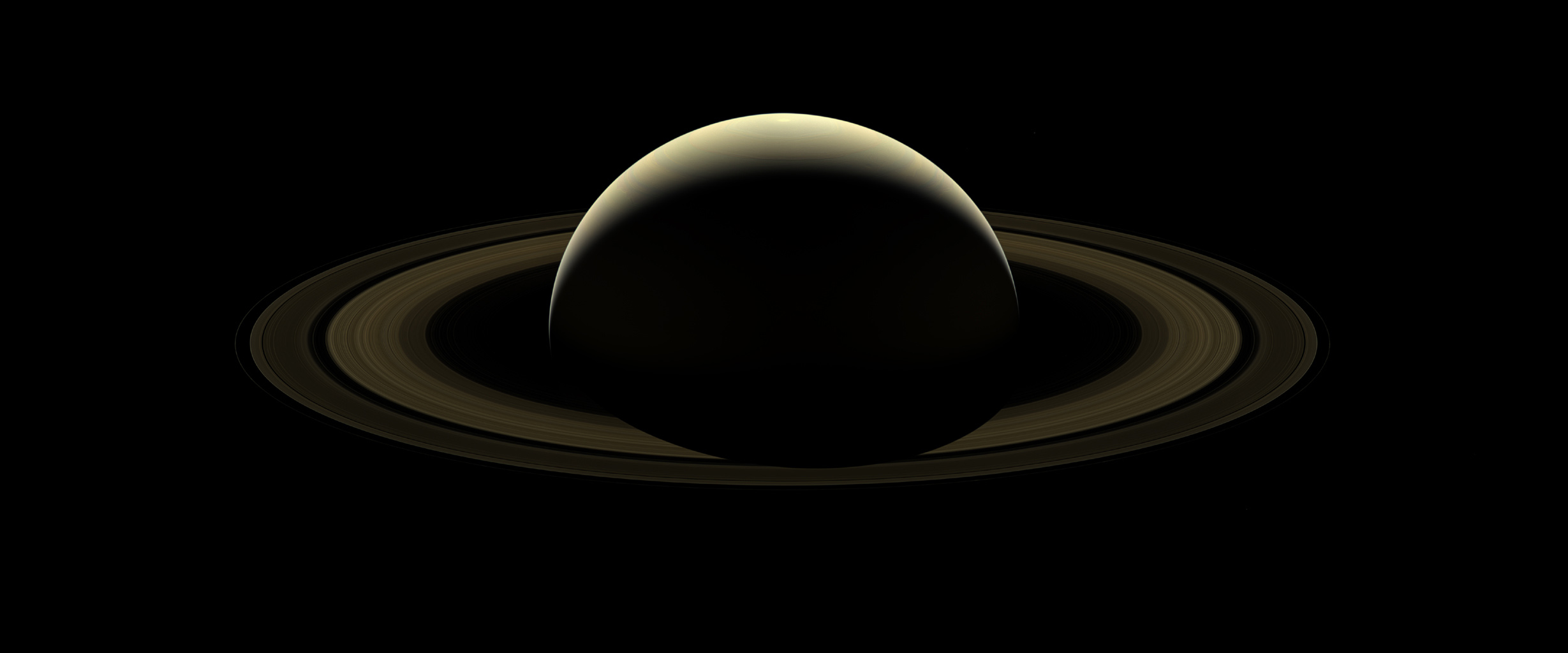 Image Credits: NASA/JPL-Caltech/Space Science Institute
Image Credits: NASA/JPL-Caltech/Space Science Institute
In 2017, NASA ended their Cassini Spacecraft's run, crashing it into Saturn after 13 years of studying the planet.
However, before doing so, NASA ordered Cassini to capture some last images of the ringed planet, with the one above among the most spectacular of the bunch.
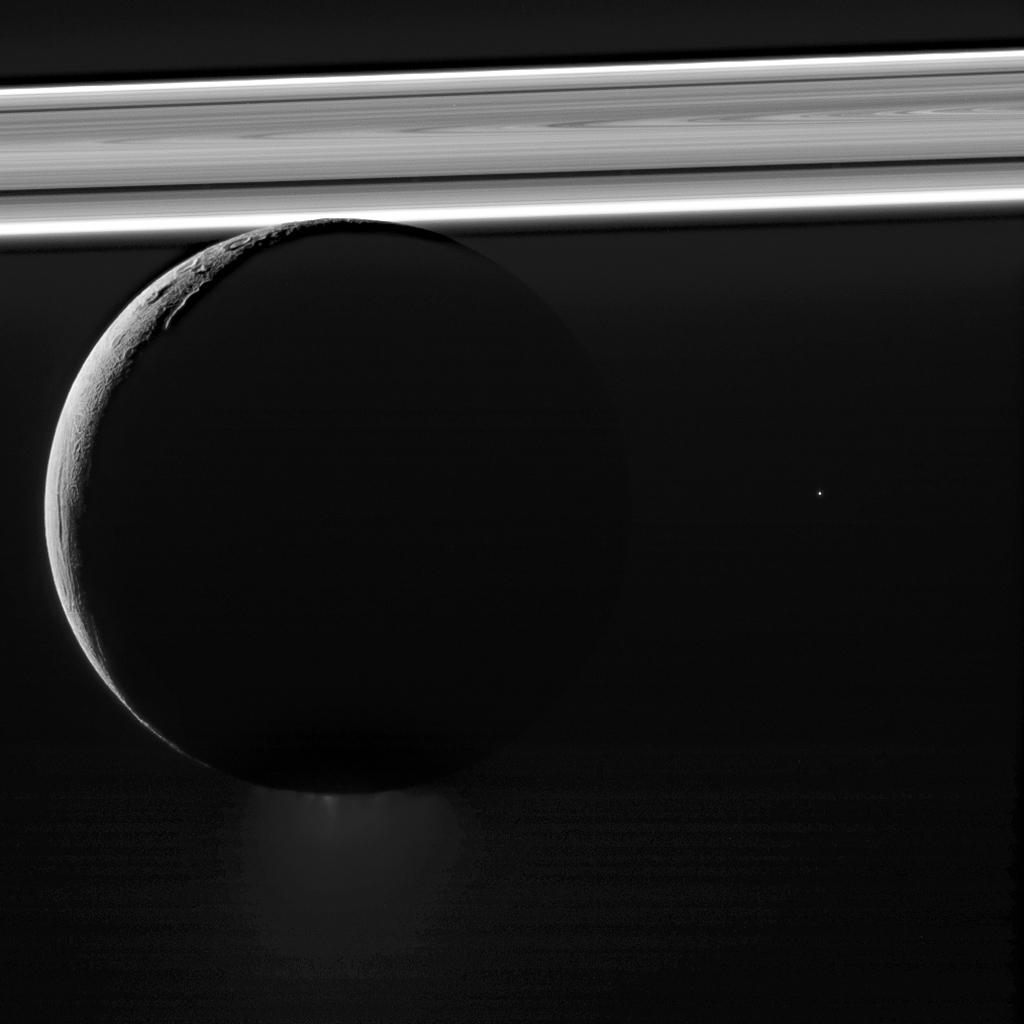 Image Credits: NASA/JPL-Caltech/Space Science Institute
Image Credits: NASA/JPL-Caltech/Space Science Institute
In this incredible shot of Saturn's moon Enceladus, not only can you see the interesting textures of the moon's surface, but you can also see Saturn's rings in the background.
And really, that's the common theme amongst these images from around the solar system - interesting textures, beautiful vistas, unique points of view.
It's no wonder that NASA is such a great photographer - not only do they have gorgeous subjects and all kinds of powerful camera gear, but they also know how to compose a rock-solid shot, too!
For a quick retrospective of some of NASA's achievements from this year, check out the video above.
Here's looking forward to what NASA's cameras will record in 2018!





